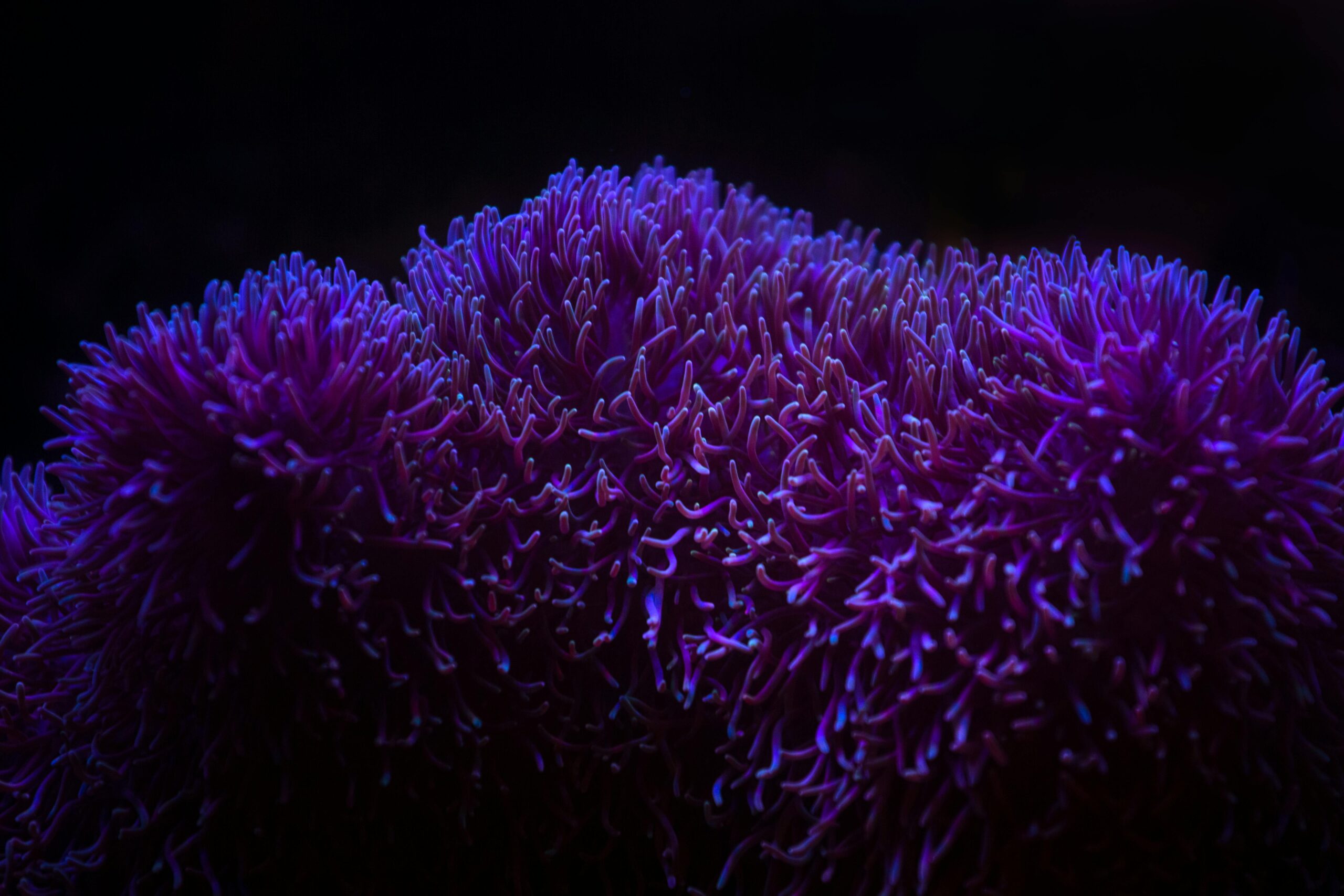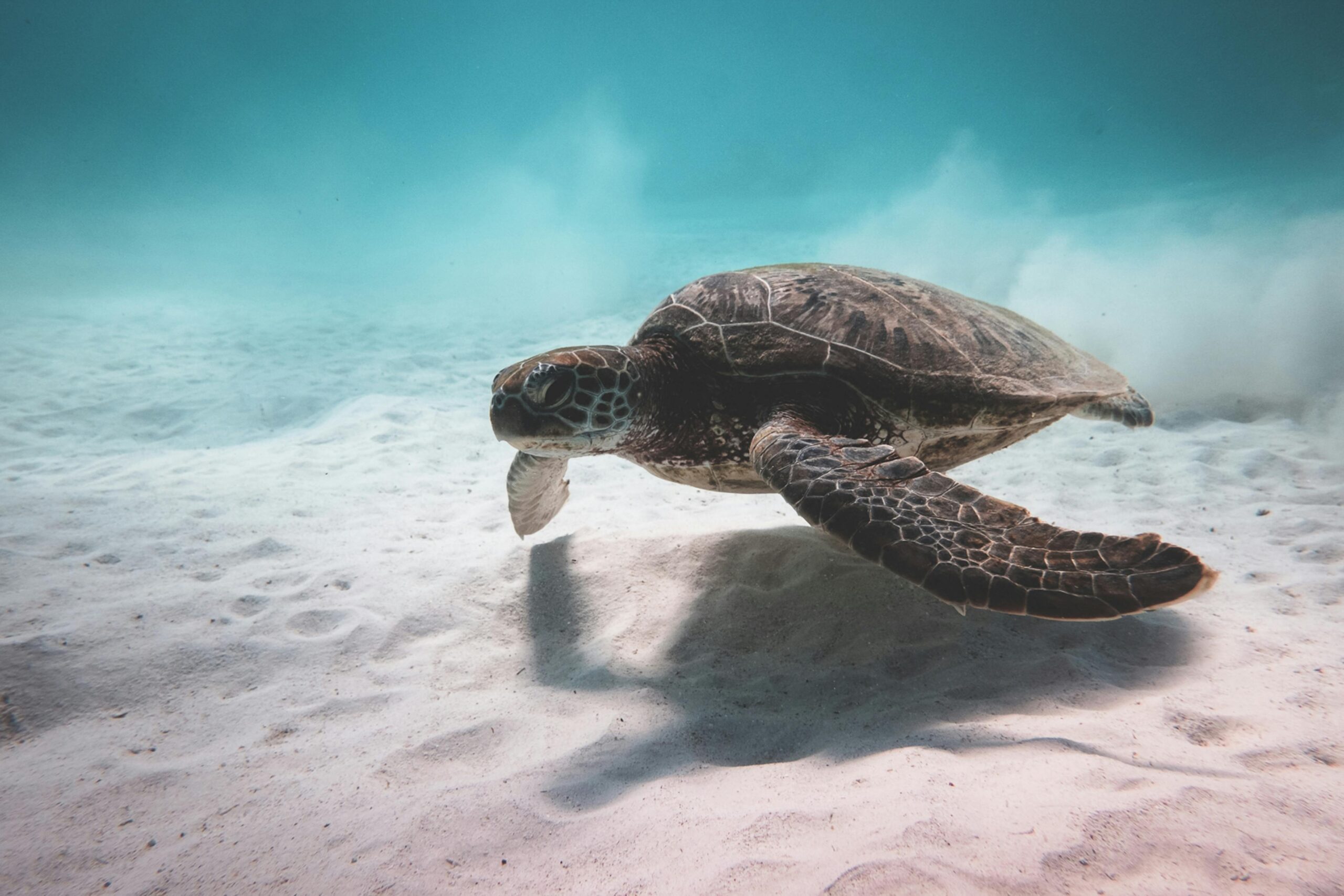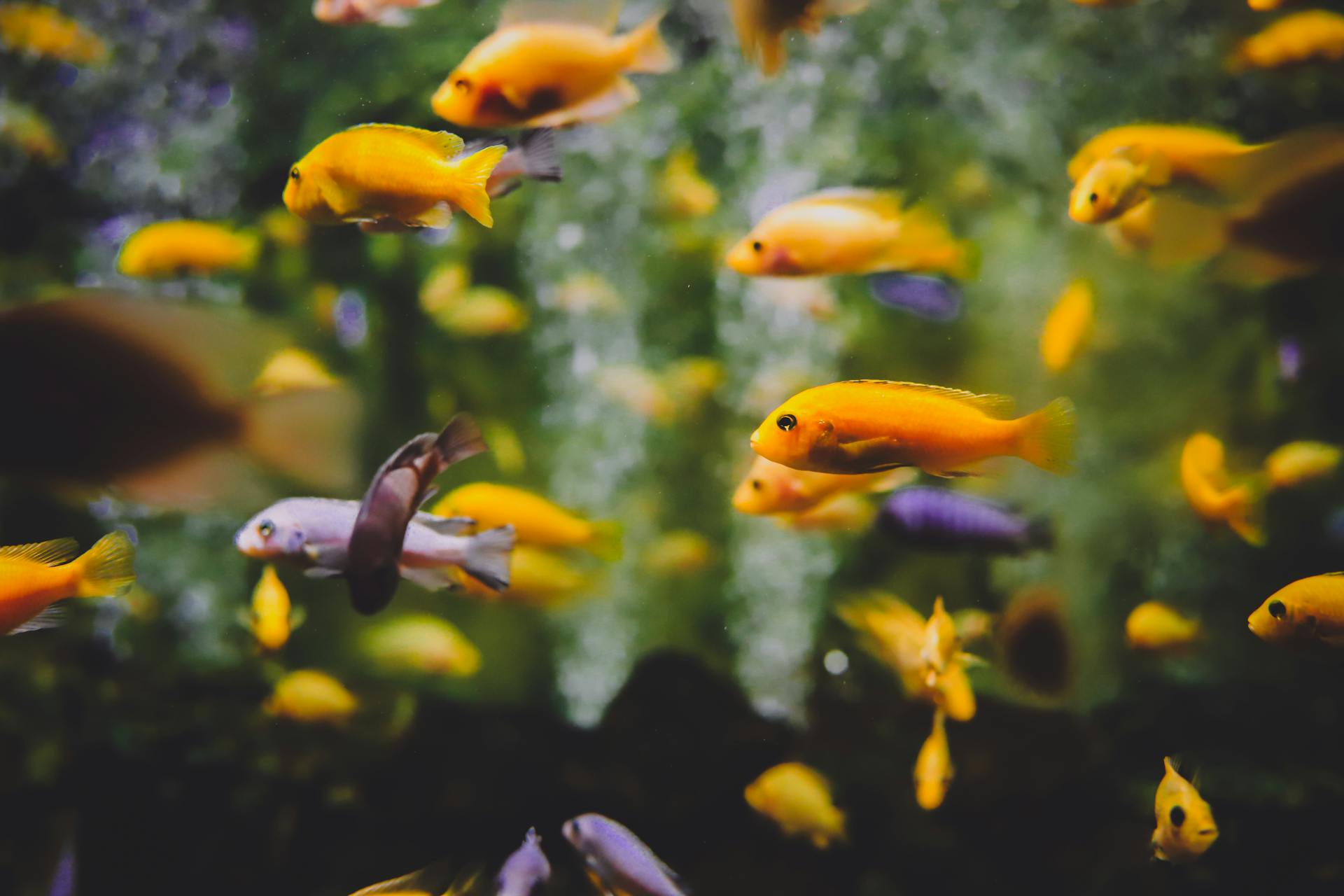Imagine an underwater world brimming with vibrant coral reefs, schools of shimmering fish, and elusive sea turtles gracefully gliding through crystal-clear waters. This awe-inspiring vision is not just a dream but a reality made possible by Marine Protected Areas (MPAs)—dedicated zones where human activities are regulated to safeguard our oceans’ delicate ecosystems. In an era where the health of our oceans is increasingly jeopardized by pollution, overfishing, and climate change, MPAs serve as beacons of hope and resilience.
Marine Protected Areas are designated regions of the ocean where conservation efforts are intensified to preserve marine biodiversity, protect endangered species, and restore depleted ecosystems. These areas can range from no-take zones where all extractive activities are banned, to multiple-use parks where certain activities are carefully managed to balance conservation with human needs.
The ocean, which covers over 70% of our planet’s surface, faces unprecedented challenges: from the rise of ocean temperatures and acidification to the alarming decline in fish populations and loss of coral reefs. Without robust conservation strategies, these critical marine environments may suffer irreversible damage, impacting not only marine life but also the millions of people who depend on the ocean for their livelihoods.
In this context, Marine Protected Areas stand as a cornerstone of global conservation efforts. By providing safe havens for marine life and allowing ecosystems to recover, MPAs play a crucial role in maintaining the ocean’s health and sustainability. Their success can provide valuable insights and models for addressing the broader environmental crises we face today, making them indispensable in our quest to safeguard the future of our blue planet.
The Purpose and Benefits of Marine Protected Areas
Marine Protected Areas (MPAs) serve as crucial tools in the conservation of marine biodiversity. By designating specific regions of the ocean as protected, MPAs help shield endangered species from overexploitation and habitat destruction. For instance, the establishment of MPAs around critical nesting sites for sea turtles has significantly boosted their populations, offering a sanctuary where these species can lay eggs without the threat of predation or human interference. Additionally, MPAs play a vital role in preserving essential marine habitats such as coral reefs, mangroves, and seagrass beds. These habitats are not only vital for numerous marine species but also provide key ecosystem services, including shoreline protection and nutrient cycling.
Beyond their role in species and habitat protection, MPAs enhance fisheries by improving the health and productivity of marine ecosystems. Within these protected zones, fish populations can flourish, with many species reaching sizes and densities that are unattainable in fished areas. This increase in biomass benefits surrounding fishing areas through the “spillover effect,” where mature and juvenile fish migrate out of the MPA, contributing to the replenishment of local fisheries. For example, studies in the Mediterranean have shown that fish populations within MPAs have increased by up to 50%, providing a more sustainable resource for adjacent fishing communities.
MPAs also bolster ecosystem resilience, a crucial benefit in the face of climate change. By safeguarding key marine habitats, MPAs help maintain the ecological balance necessary for ecosystems to withstand and recover from climate-related stresses, such as ocean acidification and warming temperatures. For instance, the protection of mangroves within MPAs has been shown to enhance their capacity to sequester carbon, mitigating the impacts of rising CO2 levels while also providing coastal protection against storm surges.
Key Types of Marine Protected Areas
There are several key types of MPAs, each with distinct management objectives and strategies. No-Take Zones are areas where all forms of extraction, such as fishing and mining, are prohibited. These zones are designed to create undisturbed environments where marine life can thrive and ecosystems can function naturally. Successful examples include the Sargasso Sea Conservation Area, which has seen significant improvements in the abundance and diversity of marine species.
Multiple-Use Marine Parks allow for a range of activities, such as tourism, recreational fishing, and sustainable harvesting, but under strict management and zoning regulations. These parks aim to balance conservation with the needs of local communities. For instance, the Galápagos Marine Reserve integrates various uses while ensuring that critical habitats are protected and fishing practices are regulated to prevent overexploitation.
Marine Reserves and Sanctuaries often combine strict protection with provisions for scientific research and education. These areas are crucial for understanding marine ecosystems and developing conservation strategies. The Papahānaumokuākea Marine National Monument, for example, not only protects a rich array of marine life but also serves as a living laboratory for studying the effects of conservation practices and climate change.
Success Stories and Case Studies
The Great Barrier Reef Marine Park in Australia represents one of the most ambitious and successful MPA initiatives globally. Established in 1975, it covers over 344,000 square kilometers and has become a model for marine conservation. The park’s comprehensive management approach has led to significant improvements in coral reef health, fish populations, and overall ecosystem resilience.
The Papahānaumokuākea Marine National Monument in Hawaii, encompassing over 1.5 million square kilometers, is notable for its cultural and ecological significance. This MPA preserves an area of immense historical value to Native Hawaiian culture and supports a diverse range of marine species. Despite facing challenges such as remote management and climate change impacts, its protections have led to increased biodiversity and scientific discoveries.
The Chagos Archipelago Marine Protected Area, located in the British Indian Ocean Territory, is one of the largest MPAs in the world. Its establishment in 2010 has resulted in remarkable improvements in fish populations and coral reef health, demonstrating the effectiveness of large-scale marine protection in promoting ecological recovery.
Challenges and Criticisms of MPAs
Despite their numerous benefits, MPAs face several challenges. Enforcement and management issues are significant concerns, particularly in remote or under-resourced areas. Illegal fishing and other activities can undermine the effectiveness of MPAs if not properly monitored and controlled. Effective enforcement requires adequate resources, technology, and international cooperation.
Socioeconomic impacts also pose challenges, especially when MPAs affect local fishing communities. Conflicts can arise when conservation measures restrict traditional practices or economic activities. Balancing conservation goals with the needs of local populations is essential for the long-term success of MPAs.
Climate change and ocean acidification further complicate the effectiveness of MPAs. Rising temperatures and changing ocean chemistry can undermine the benefits of marine protection. Adapting MPA strategies to address these impacts, such as incorporating climate resilience measures and expanding protected areas, is crucial for maintaining their effectiveness.
The Future of Marine Protected Areas
The future of MPAs hinges on expanding the global network to cover a significant portion of the ocean. Current statistics indicate that only a fraction of the ocean is fully protected, with many areas lacking adequate management or enforcement. Increasing MPA coverage requires international cooperation and commitment, as well as the integration of new technologies and data-driven approaches to enhance management and monitoring.
Innovations in MPA management are paving the way for more effective conservation. Advances in satellite monitoring, artificial intelligence, and community-based management approaches are improving the ability to track and protect marine environments. Engaging local communities and stakeholders in the management process also ensures that conservation measures are equitable and effective.
Policy and advocacy play crucial roles in advancing MPA efforts. Governments, NGOs, and international organizations must work together to promote policies that support marine protection and secure funding for MPA initiatives. Strategic advocacy and public awareness campaigns can also drive political will and public support for expanding and strengthening MPAs.
Conclusion
In conclusion, Marine Protected Areas are vital for the conservation of marine biodiversity, the enhancement of fisheries, and the resilience of marine ecosystems. Their successes offer hope for the future of ocean conservation, but ongoing challenges require continued effort and innovation. By expanding and effectively managing MPAs, we can help ensure a sustainable and healthy ocean for future generations.


